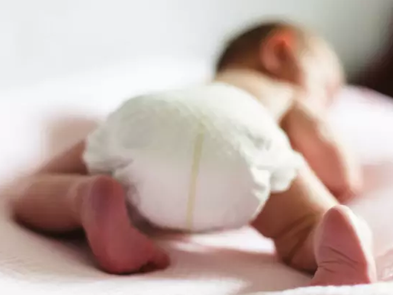
Disposable Nappy

The disposable nappies of a child born today will still be intact long after that child has died of old age.
Disposable nappies are made of plastics, elastics, adhesives, paper pulp, and chemicals which do not readily degrade and leach toxins into the ground.
- By the time a child reaches two and a half they will have used approximately 6,500 nappies - over 10 tonnes of waste. There are 145,000 babies in NZ in nappies under 2.5 years.
- Some council figures indicate disposables make up 11-14% of the domestic waste stream.
- A family can save $4845 per child by using cloth nappies. (Waste Free with Kate & Co "The Nappy Lady")
The Nappy Godmother runs a reusable cloth nappy service in Whanganui.
The Nappy Lady runs waste-free parenting workshops in Whanganui periodically and has great resources.
An Auckland company Little and Brave has a new fully compostable nappy and a commercial composting service which it hopes to expand elsewhere.
You can reduce the need for nappies by toilet training your child as early as possible.
If every baby had just one cloth nappy change per day, this would prevent 1 million disposables from going to landfill every week in New Zealand.
Try reusable cloth nappies as an alternative to disposables. The Modern Cloth Nappy (MCN) comes in a variety or shapes, sizes and fixtures and there are many available now in New Zealand.
Disposable nappies are not reusable or recyclable, and there is currently no composting solution locally. Dispose to landfill.
- Flush the solid contents down the toilet
- Fold up and wrap in a plastic bag (to help contain odours)